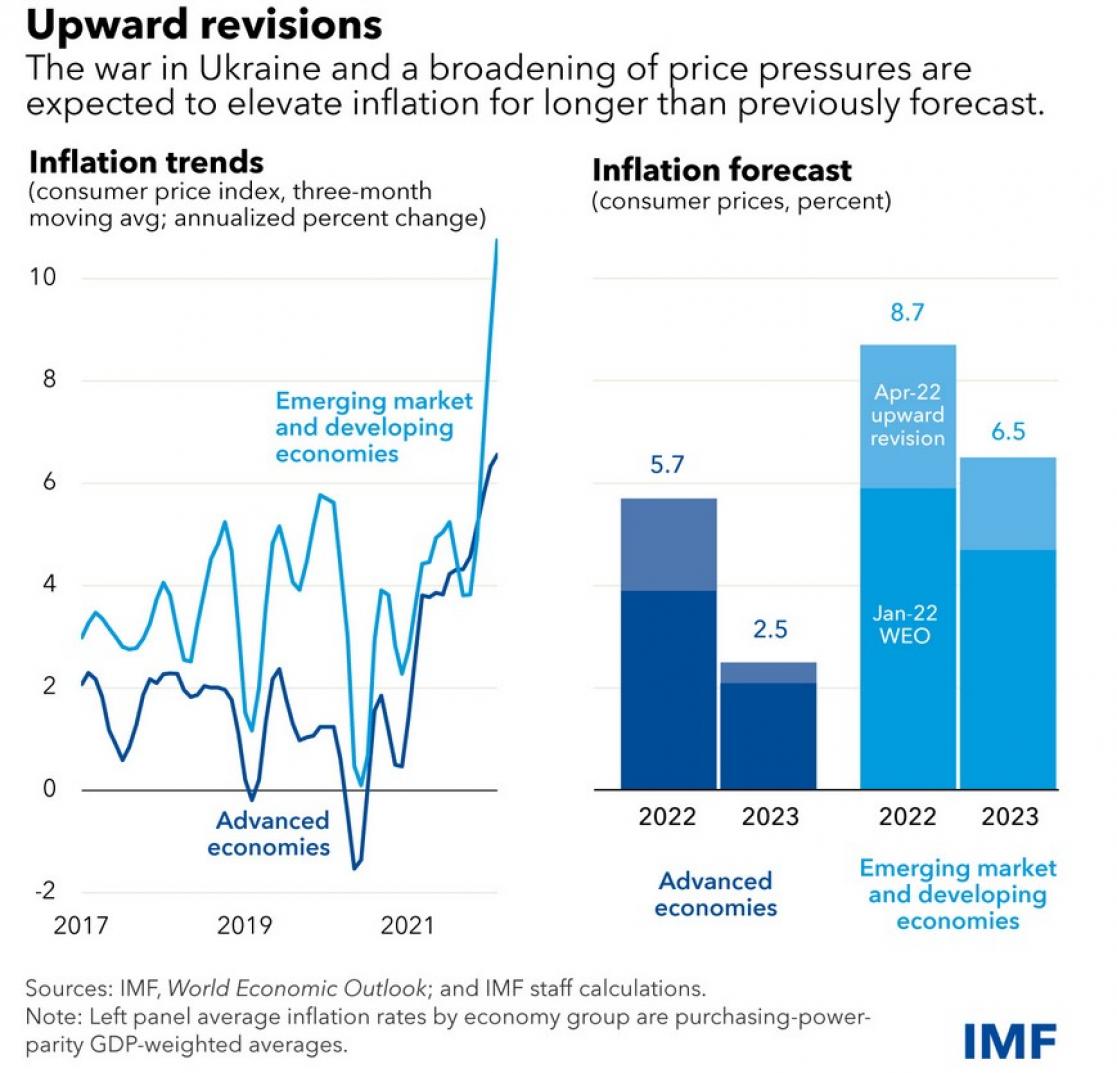
Maximizing Solar Efficiency: Optimization Strategies
Understanding Solar System Optimization
Solar energy is a sustainable and renewable power source, but to truly harness its potential, optimizing solar systems is essential. This article explores key strategies for maximizing the efficiency of solar systems, ensuring they deliver optimal energy output and contribute significantly to a cleaner, greener future.
Optimal Placement and Orientation
One crucial aspect of solar system optimization is ensuring optimal placement and orientation of solar panels. Panels should be strategically positioned to receive maximum sunlight throughout the day. This involves considering the geographic location, local climate, and shading from nearby structures. Proper alignment enhances energy absorption and overall system efficiency.
Regular Maintenance and Cleaning
To maintain peak performance, regular maintenance and cleaning are imperative for solar systems. Dust, dirt, and debris can accumulate on solar panels, reducing their ability to capture sunlight. Routine inspections and cleaning ensure that panels operate at their full capacity. Additionally, proactive maintenance helps identify and address any potential issues promptly.
Utilizing Tracking Systems
Solar tracking systems enhance efficiency by dynamically adjusting the position of panels to follow the sun’s path throughout the day. While fixed panels are effective, tracking systems can significantly increase energy yield. Single-axis and dual-axis tracking systems are available, each offering varying degrees of movement and efficiency improvement.
Investing in High-Efficiency Solar Panels
The efficiency of solar panels varies, and advancements in technology continue to yield higher efficiency options. Upgrading to high-efficiency solar panels ensures that a greater percentage of sunlight is converted into electricity. While high-efficiency panels may have a higher initial cost, the long-term energy savings often justify the investment.
Battery Storage for Energy Resilience
Integrating battery storage systems with solar installations enhances energy resilience and optimizes overall system efficiency. Batteries store excess energy generated during peak sunlight hours, making it available during periods of low sunlight or high energy demand. This storage capacity ensures a consistent and reliable power supply.
Implementing Smart Energy Management
Smart energy management systems enable real-time monitoring and control of solar systems. These systems optimize energy consumption patterns, ensuring that electricity generated aligns with household or commercial needs. Smart energy management also facilitates the integration of solar power with the broader electrical grid.
Incorporating Efficient Inverters
Inverters play a crucial role in converting direct current (DC) generated by solar panels into usable alternating current (AC) for homes or businesses. Investing in efficient inverters improves the overall performance of the solar system. Advanced inverter technologies, such as microinverters and power optimizers, optimize energy conversion and mitigate losses.
Engaging in Energy-Efficient Practices
Optimizing solar systems extends beyond the hardware. Energy-efficient practices within homes and businesses further enhance overall system effectiveness. This includes using energy-efficient appliances, implementing LED lighting, and adopting habits that reduce overall electricity consumption. Such practices complement solar energy efforts by maximizing the impact of clean energy production.
The Role of How to Optimize Solar Systems in Sustainability
Understanding how to optimize solar systems is crucial for advancing sustainability goals. By clicking on the provided link, you can explore insights and solutions offered by How to Optimize Solar Systems. Their expertise can guide individuals and businesses in adopting effective strategies to maximize the efficiency of solar installations, contributing to a more sustainable energy future.
Conclusion: A Greener Tomorrow with Optimized Solar
In conclusion, maximizing solar efficiency through optimization strategies is pivotal for realizing the full potential of solar energy. Whether through proper placement, advanced technologies, or energy-efficient practices, each strategy contributes to a greener tomorrow. By embracing these optimization techniques, individuals and businesses can not only harness clean energy more effectively but also play a significant role in mitigating environmental impact and building a sustainable future.




